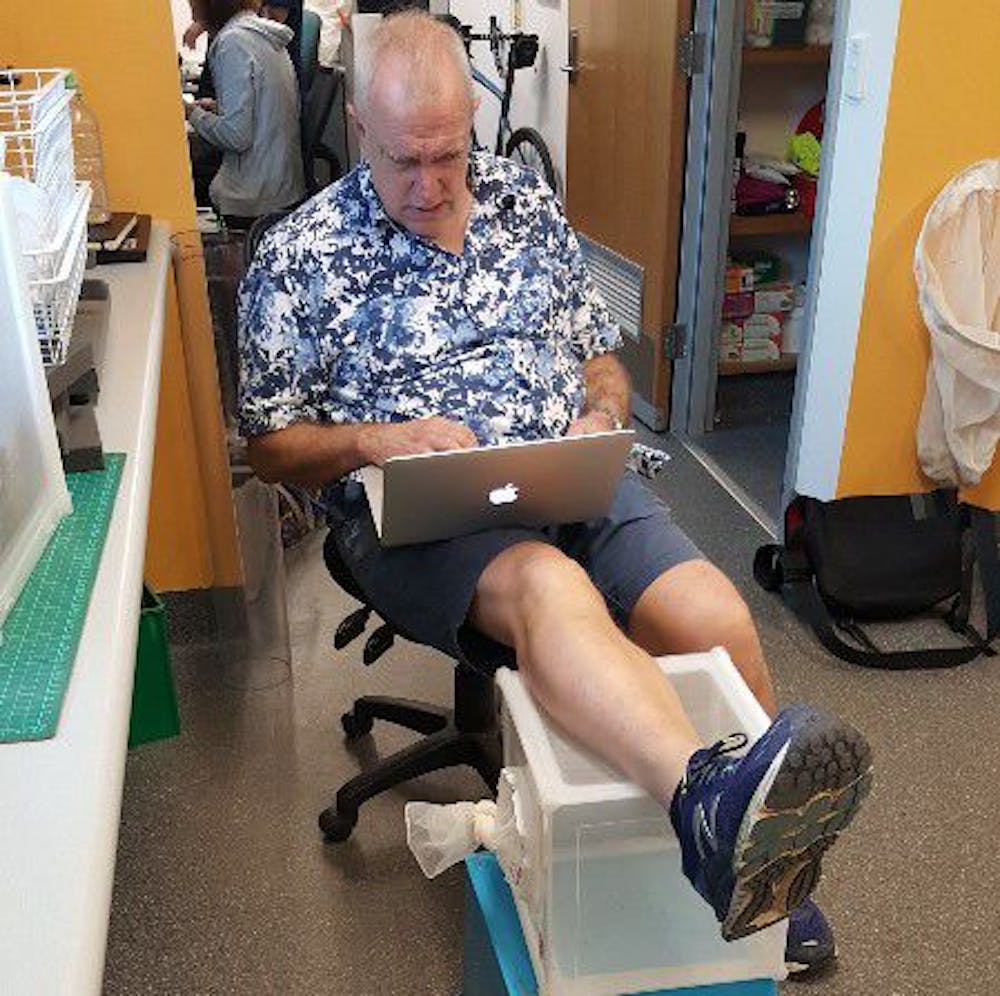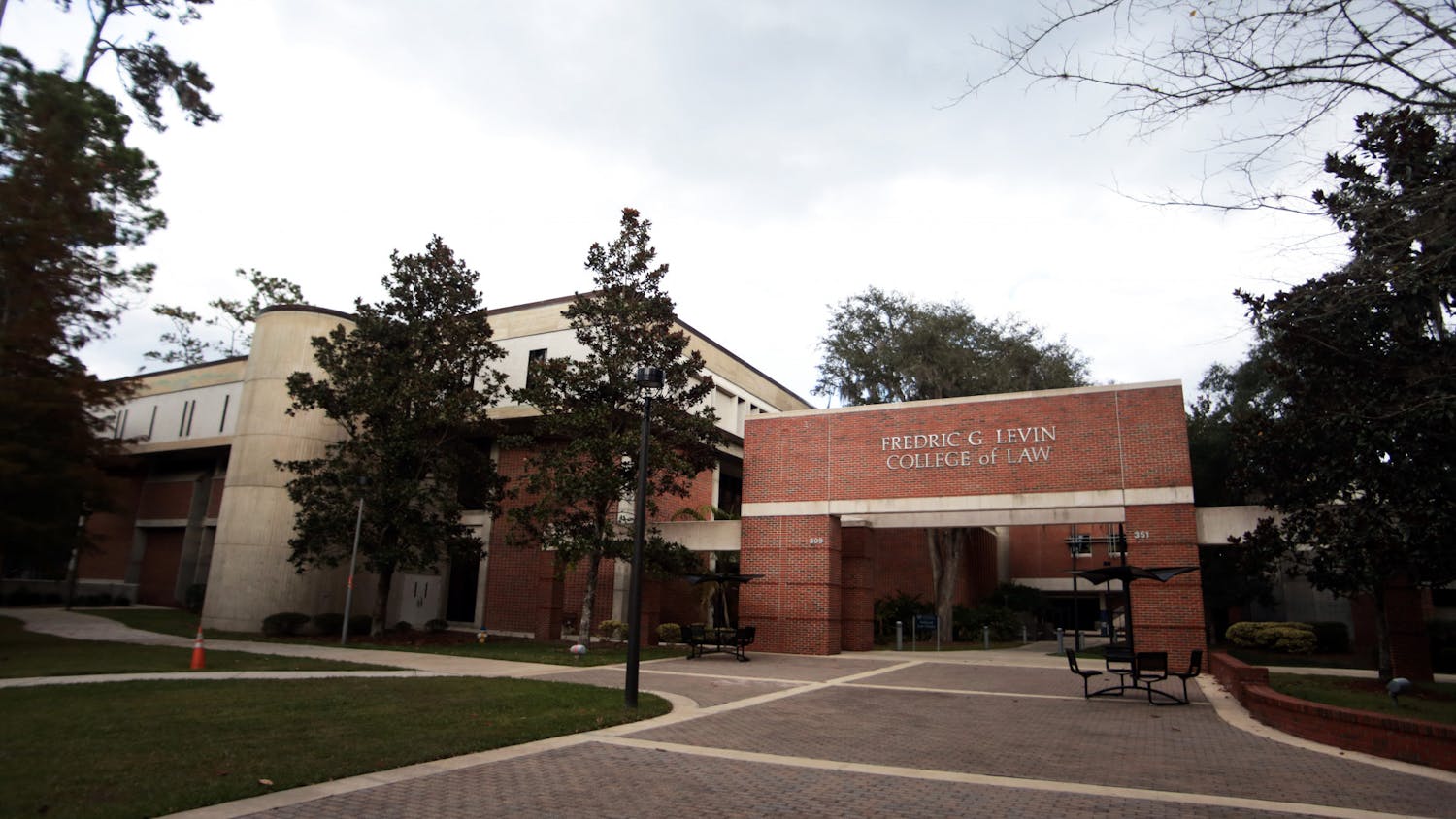UF researchers have developed a new inexpensive mosquito trap to lower the cost of genetically modified mosquito captures and releases.
Published in the Public Library of Science One last Thursday, the project focused on the Aedes Aegypti, or “yellow-fever mosquito.” These insects are a primary worldwide health concern as they carry arboviruses, which are diseases such as dengue, yellow fever, Zika and brain inflammation.
The battery-powered trap uses sound to imitate the wingbeat of female mosquitos to attract males. UF Department of Electrical and Computer Engineering doctoral student and trap developer Barukh Rohde explained that although females are the only ones that bite, they are harder to trap.
Males are more likely to swarm where females are flying, which they detect through acoustics. Making a trap for the males is easier because they only rely on sound.
In recent years, scientists have been releasing sterile or genetically modified mosquitoes to limit the spread of viruses. Scientists do this by infecting the male with the “Wolbachia” virus. If one has the virus, after mating with a female, the eggs will not be able to hatch. This in turn significantly decreases the Aedes Aegypti population over time.
However, this method of population control is only financially accessible to developed nations, which have the money to pursue these sorts of projects.
“Releasing enormous amounts of mosquitoes is not necessarily cheap,” Rohde said. “You want to make sure that the mosquitoes you’re releasing get into all the areas that they need to go.”
U.S. Department of Agriculture research entomologist and Rohde’s mentor Richard Mankin explained that the release and monitoring of these Wolbachia-infected males has not been cheap, costing more than $100 for each trap. Rohde’s invention is important to areas of the world that cannot afford to constantly release mosquitos, as his only costs around $10 in the U.S.
“(Rohde) is focused on an area where he is particularly good at coming up with ways to decrease the cost of electronic equipment,” Mankin said.
Another experiment conducted earlier in July wiped out over 80 percent of disease-infected mosquitos in specified locations across Australia. This has caused a bit of a debate.
World Mosquito Program director Scott O’Neill explained that this method can be costly and not long lasting, as the remaining mosquito population can regain numbers in the next mating season.
A similar project to the Australian one is set to begin in the Florida Keys within the next few months.
Rohde hopes the new trap will set a precedent for the development of financially accessible solutions to public health problems.
“I want scientists to think of ways that they can make devices cheaper for the general public,” Rohde said.
Follow Dana Cassidy on Twitter @danacassidy_ and contact her at dcassidy@alligator.org.
Barukh Rohde's mentor Scott Ritchie, a UF entomology Ph.D. graduate, "feeding mosquitoes" in a box under his leg.






